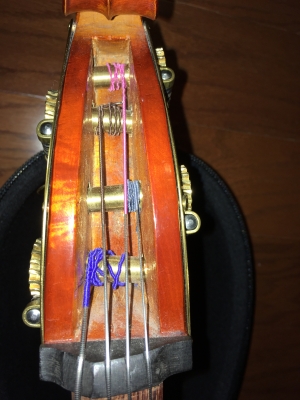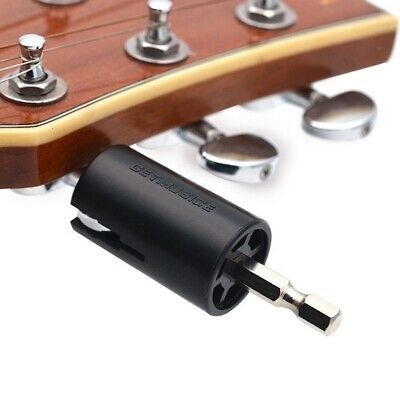Welcome to our forum. A Message To Our New and Prospective Members . Check out our Forum Rules. Lets keep this forum an enjoyable place to visit.
Currently working on errors from the latest (SimplePress) forum update. Many issues have been resoled and others are being worked on. Thank you for your patience.
 Topic RSS
Topic RSS



 (0 votes)
(0 votes) Regulars
 Offline
Offline

@Mouse and others. Solving your problem is a little difficult for me because our brains are simply wired differently. The worm gear tuners on your cello likely have a high reduction ratio of something like 12 turns to one, which means that it takes about 12 turns of the handle to move the peg around one revolution. A similar ratio is customary for guitars. This has advantages such as the ability to fine tune the string and gives you tremendous leverage so that tuning takes little muscular requirements. The downside is the number of turns required for a string change.
A low cost solution would be to purchase an electric string winder with a socket intended for a bass guitar. You should be able to procure one of those for less than $30. You might be able to get away for even less if you already have an electric screw driver or similar (so you would then only need a tuner knob socket).
A half way measure is a manual spin winder. Slightly less expensive but also less useful.
I doubt that glue was used in the mounting of your tuners, but switching to conventional pegs is going to make for an ugly pegbox.
By the way, having three complete wraps of the string around the peg is all that is necessary for adequate friction. However, I have been known to cut a string end too short. That renders the string useless. I think that you will like an electric winder for your cello.
In regards the direction to turn the peg, the hole in the peg should always turn toward the scroll.
Success is the progressive realisation of a worthy ideal. —Earl Nightingale.
1 Guest(s)


 Log In
Log In Register
Register































